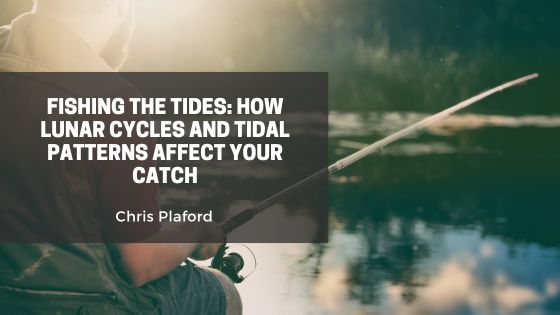For seasoned anglers and curious beginners alike, one key to successful fishing lies in understanding the rhythms of nature. Among the most powerful influences on fish behavior are the tides and the moon. These natural forces work together to create feeding patterns, movement habits, and accessibility to certain fishing spots. By learning how to read the tides and the lunar cycles, you can significantly improve your chances of landing a great catch.
The Connection Between the Moon and Tides
Tides are caused by the gravitational pull of the moon and the sun on Earth’s oceans. As the moon orbits the Earth, it creates a bulge in the ocean on the side closest to it—and another on the opposite side—resulting in high and low tides. Most coastal areas experience two high tides and two low tides every 24 hours.
During a full moon or new moon, the sun, Earth, and moon align. This alignment amplifies the gravitational pull, creating spring tides, which bring higher high tides and lower low tides. Conversely, during the first and third quarters of the moon, when the moon and sun are at right angles, neap tides occur. These tides are less extreme, with smaller differences between high and low water levels.
Why Tides Matter for Fishing
Fish are highly influenced by water movement. When tides are strong—especially during spring tides—water stirs up nutrients and small baitfish, triggering feeding activity in larger predator fish. Here’s how you can use this to your advantage:
- Incoming Tide (Flood Tide): As water flows in, baitfish and other food sources are pushed toward shore, drawing predatory fish closer to land. This is often considered the best time to fish in coastal areas.
- Outgoing Tide (Ebb Tide): Fish will still feed, especially in channels and drop-offs where bait is flushed out. However, action might slow compared to the incoming tide.
- Slack Tide: This is the period between high and low tides when the water is still. Fish are generally less active, and fishing is typically slower.
Lunar Phases and Fish Activity
The moon doesn’t just control tides—it also influences fish behavior directly. Many anglers believe that certain moon phases lead to more aggressive feeding patterns. Full and new moons are often linked with increased fish activity, particularly at dawn and dusk.
Some fish species, like snapper or tarpon, even spawn according to lunar phases. Planning your fishing trips around the full or new moon could lead to more active waters and better chances of success.
Making It Work for You
Many fishing apps and tide charts are available that combine tide tables and lunar calendars to help anglers plan the perfect trip. Pay attention to local fishing reports and observe patterns over time—you’ll quickly learn when and where fish are most active in your area.
Conclusion
Fishing isn’t just about luck—it’s about timing. By understanding how tidal movements and lunar cycles affect fish behavior, you can align your efforts with nature’s schedule. Whether you’re surfcasting, pier fishing, or launching from a boat, fishing the tides can turn a quiet day on the water into a successful and memorable outing.
